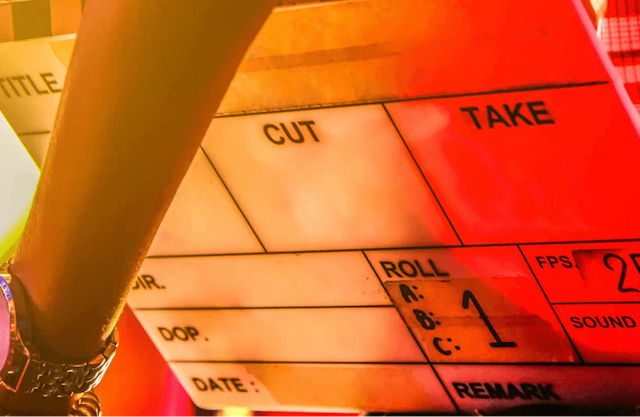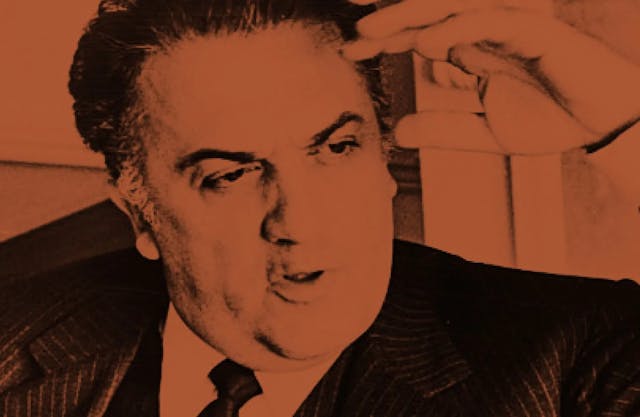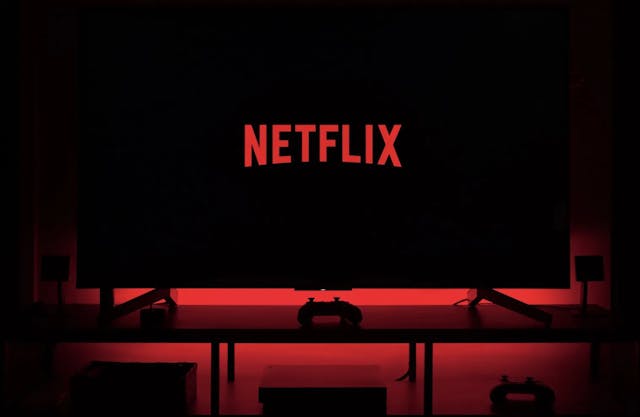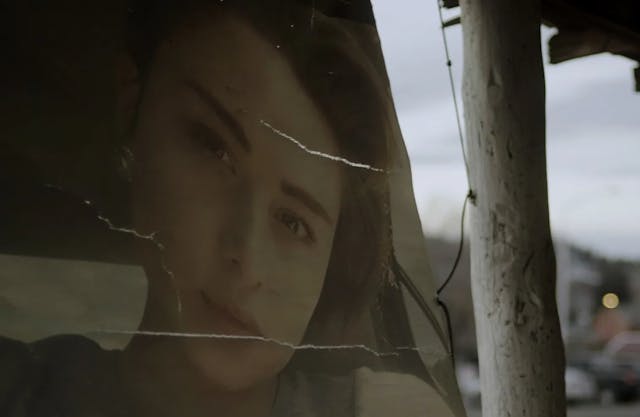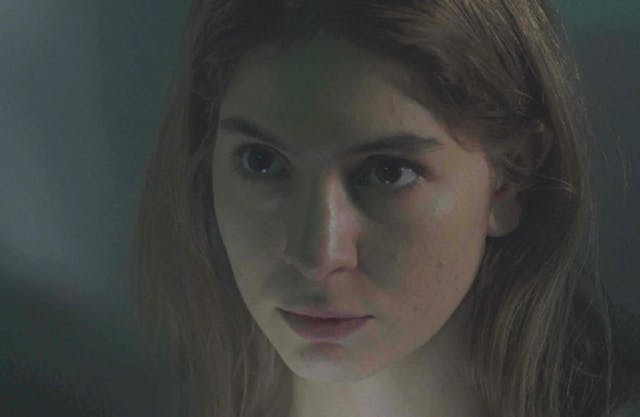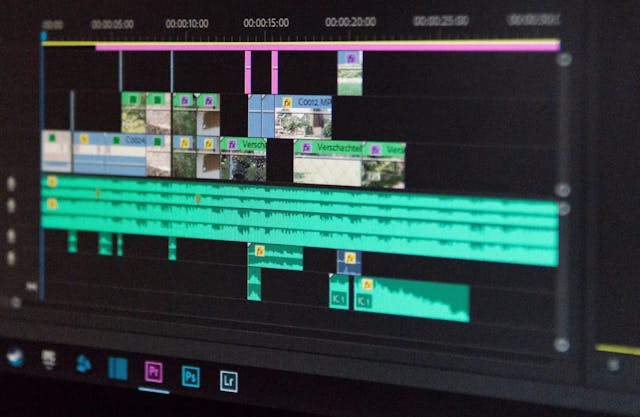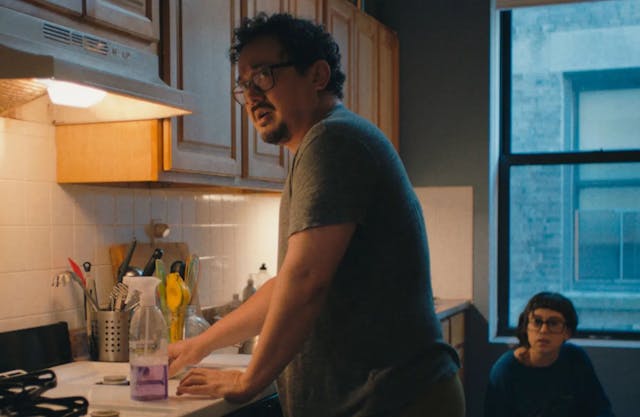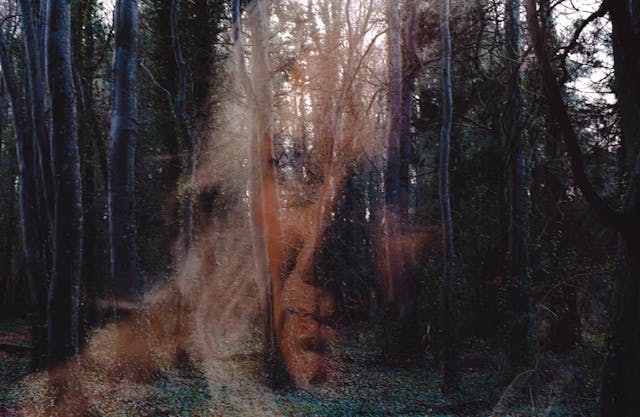7 Tips to Write a Kick-Ass Script for Your Low Budget Film

The purest form of freedom in film production lies in scriptwriting. When you are seated in front of a blank screen - or page, if you are old school - your only limits are those of your imagination.
Beat the Deepest Fear in Film Production
Sure, you might get madly inspired figuring out your mise-en-scene on location, but concrete reality sets boundaries. There are only so many places where you can put that camera, time is running out before sundown, and your lead actor has food poisoning because you hired your aunt Gladys to cook since you ran out of money for catering for your low budget film. See? It is one practical problem after another. But when writing, you can fix anything by hitting the backspace key a few times.
That said, if you decide to write your own script, the buck stops with you. The deepest fear in film production is facing that blank screen without knowing what to put in it.
Chances are, if you want to write a script for your low budget film, you already have an idea. The seed of an idea, an image, a character, something you want to say. A memory of something that happened to you or someone you know. Here are a few things you can do to make that seed germinate and bloom into a kick-ass script.
7 Things to Consider When Writing a Kick-Ass Script for Your Low Budget Film
1. Question Yourself: Why Do You Want to Write This Particular Low Budget Film?
There are no wrong answers, but it helps to be sincere with yourself. It sounds super intense if you want to exorcise your demons with a script that explores your family’s trauma. If that is not the case, that is alright, too.
If you are at the start of your career, it is perfectly valid to do a spec script to show you are good at taking in the voice and style of an existing property. Maybe you want to show off your facility for snappy dialogue; or your killer instinct for structuring a plot. Or maybe, just maybe, you want to prove to yourself that you have the discipline to get a first draft done. Whatever the case, it is all good. But the process will be smoother if you know why you are doing this.
2. Find Your Characters: Who Is This Happening To?
Your characters will become the hook for the audience - or the reader, at this stage in the process -. Even if your starting point is a social problem - the opioid addiction crisis - or a political issue - voting rights! -, the crux of the story will depend on someone taking action.
Academy Award Best Picture winner Spotlight (Tom McCarthy, 2015) deals with heady issues, like the Catholic Church covering up for child-abusing priests, through the experiences of a cadre of journalists. Action-wise, you see the reporters doing the grunt work, like Rachel McAdams going door to door, trying to convince the victims to come forward. See? Action, as a way to fulfil principle. Justice for children through freedom of the press!
First, you can define who these fictitious people are in physical, tangible terms. How old are they? How tall? What do they look like? You can even choose actors that look the part and pretend you are writing for them.
Once the particulars are down, think about their psychology. Who are they? What motivates them? What do they want and why? Some actors and some writers write extensive biographies of their characters. Even if the particulars do not figure in your plot, these imaginary experiences can inform their choices and inspire your writing.
3. Outline the Plot: What Is Going to Happen?
Think of your script as a succession of events, one thing that happens after another. Even if there is no clear cause-and-effect relationship between scenes, they all build up towards a conclusion. You do not need to map it out from the start till the end. Work around whatever idea you have, and eventually, you’ll find your way, forward and backwards.
Write down a list of events, or write cards and tape them on a board. Think of them as a primitive dramatic storyboard.
4. Distill Ideas Into Action: What Are Your Characters Doing?
Once you know who they are, map out what they will do. You may be leaning towards a dialogue-heavy chamber piece, but the characters will be doing something while they talk, even if it is just eating Thanksgiving leftovers.
What would those actions be? Translate your ideas into actions. Even in contemplative, existential cinema, the people on the screen are performing, moving, and doing things.
In Andrei Tarkovski’s existential masterpiece “Stalker”, three men in a post-apocalyptic world defy authorities to enter a cordoned-off area where a mythical room grants whoever events his innermost wishes. Mood, atmosphere, and ideas are crucial. Yet, the movie shows you how the men run away from soldiers, how they walk in the forest, how they open the gates and enter the room, and so on.
5. You Are Not Alone: Bring Somebody Into the Creative Fold.
You will never know if you work well with others if you don’t try it first. Find friends willing to be your soundboard, and get them to check your work and give you honest feedback.
If there is a creative person in your orbit with similar interests, try to write something together. You can even get actors involved in the process. British filmmaker Mike Leigh is famous for recruiting actors early in his writing process and getting their help building the characters and the plot through improvisation exercises.
6. Keep off the Camera
Even if you plan to direct this script, too, prioritize narrative development over visual treatment. If you get a flash of mise-en-scene inspiration, by all means, take a note in your notebook, but keep any camera direction off your screenplay. It’s also the industry standard.
7. Do Not Limit Yourself.
“El papel aguanta todo”. We can roughly translate this Latin American saying into English as Paper can bear everything. That means you can write whatever you want. Now is not the time to agonize over financing and logistics for your low budget film.
Let your imagination run wild, at least on a first draft. Afterwards, you can scale down, rewrite, reformulate and adjust. Even if you have set specific boundaries for yourself, say, a short film with two characters in a room, try to work freely between those limits. Again, “el papel aguanta todo”. And the computer screen, too.
Want to get an email when we publish new content?
Subscribe today